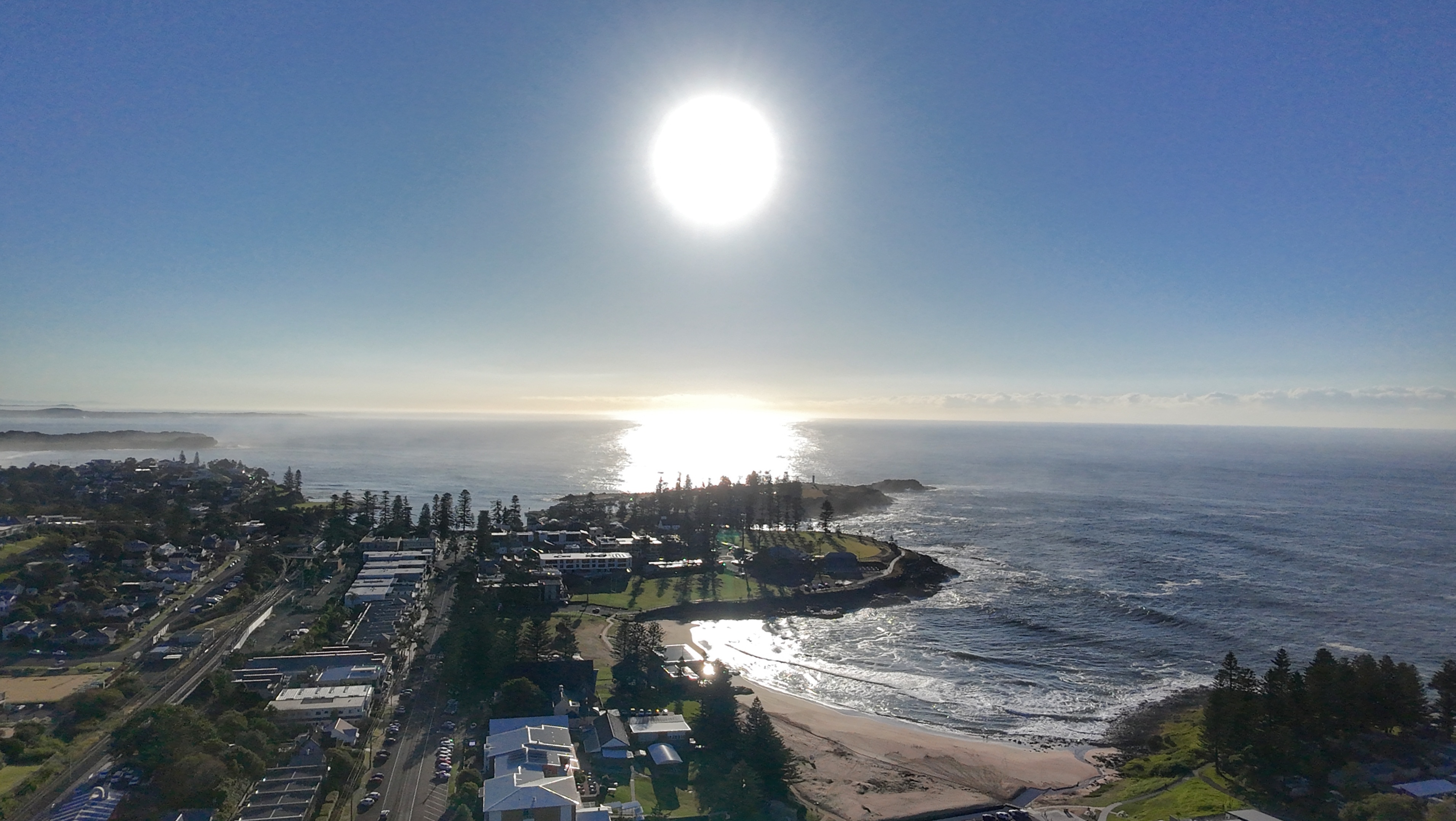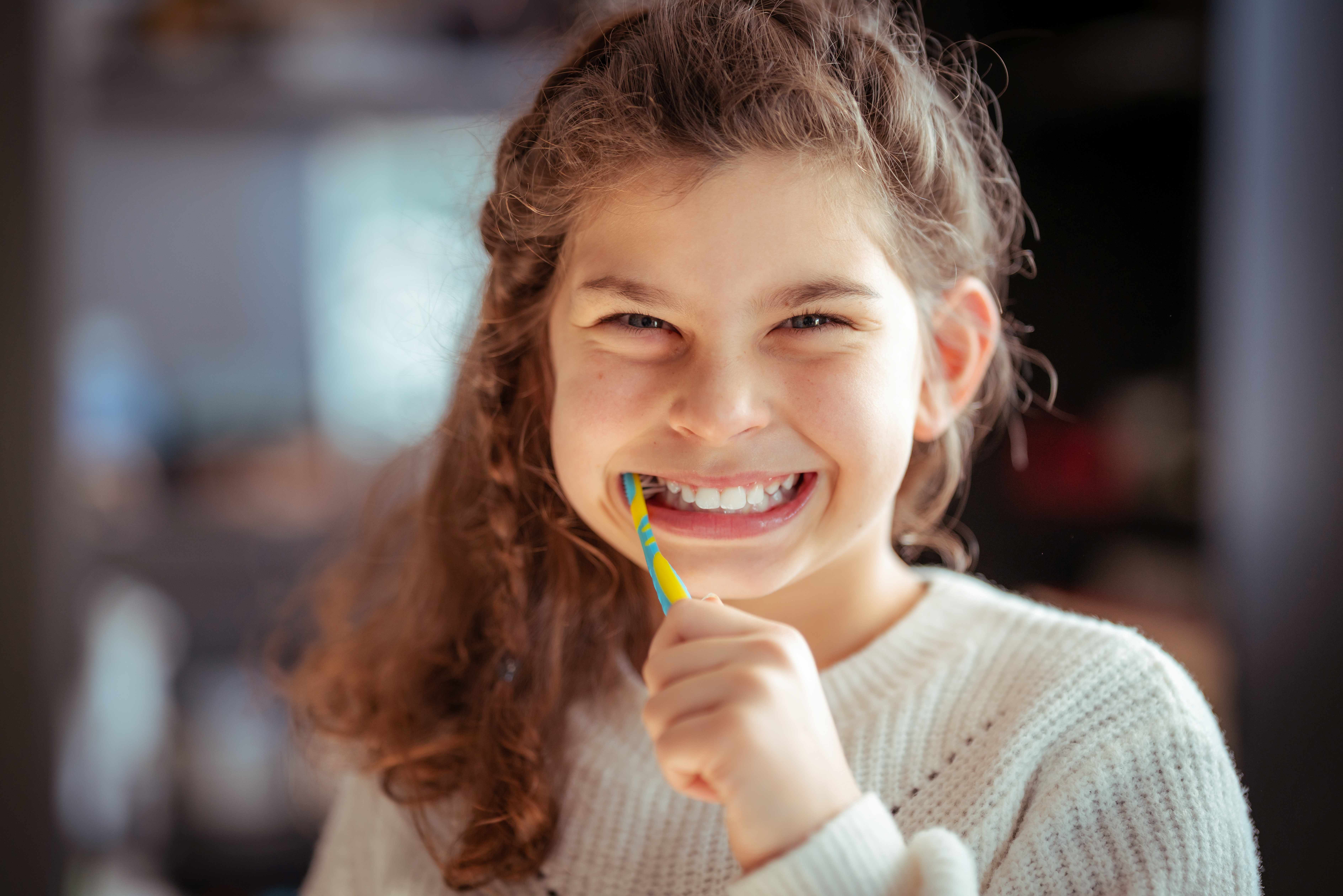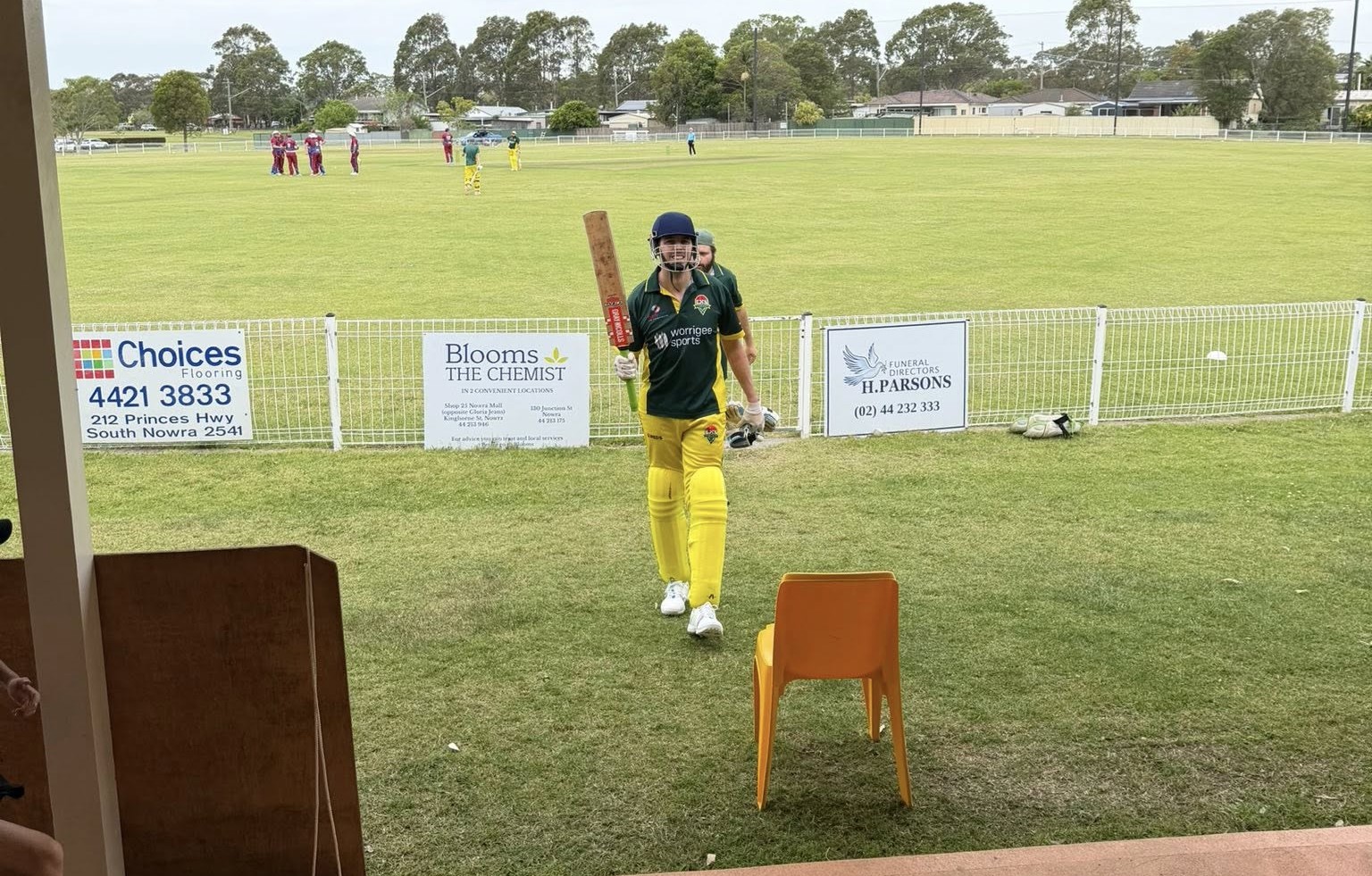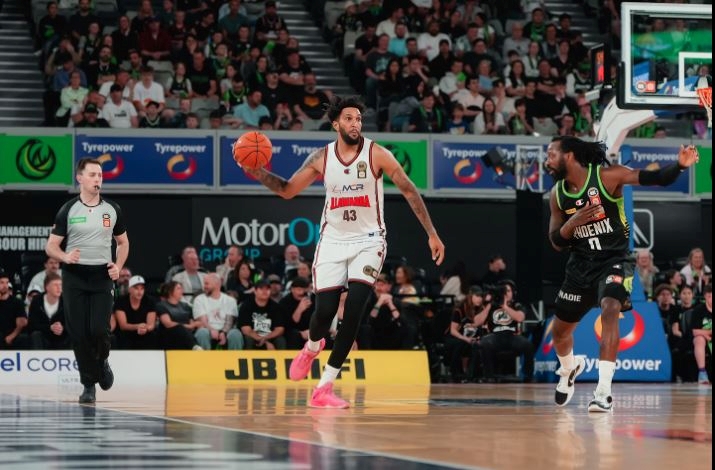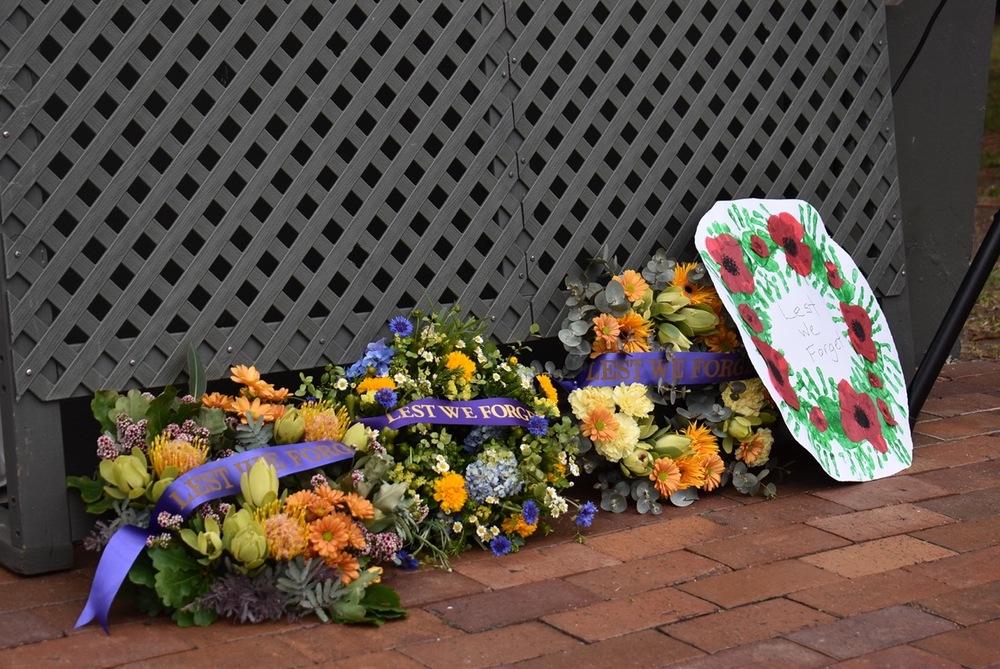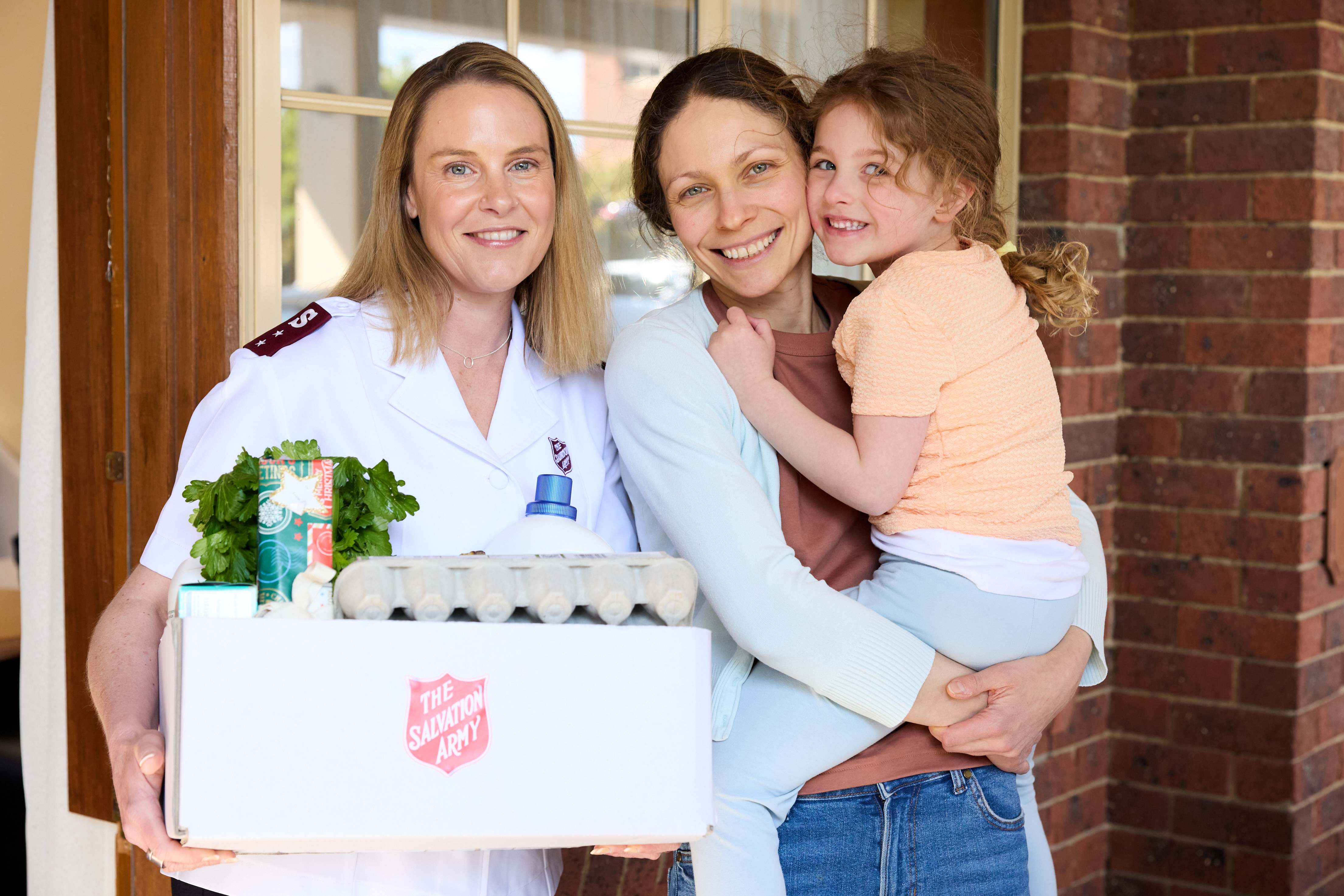Caring for Country adopts a virtual reality at Bombo Headland
Mitchell Beadman
27 October 2025, 7:00 PM
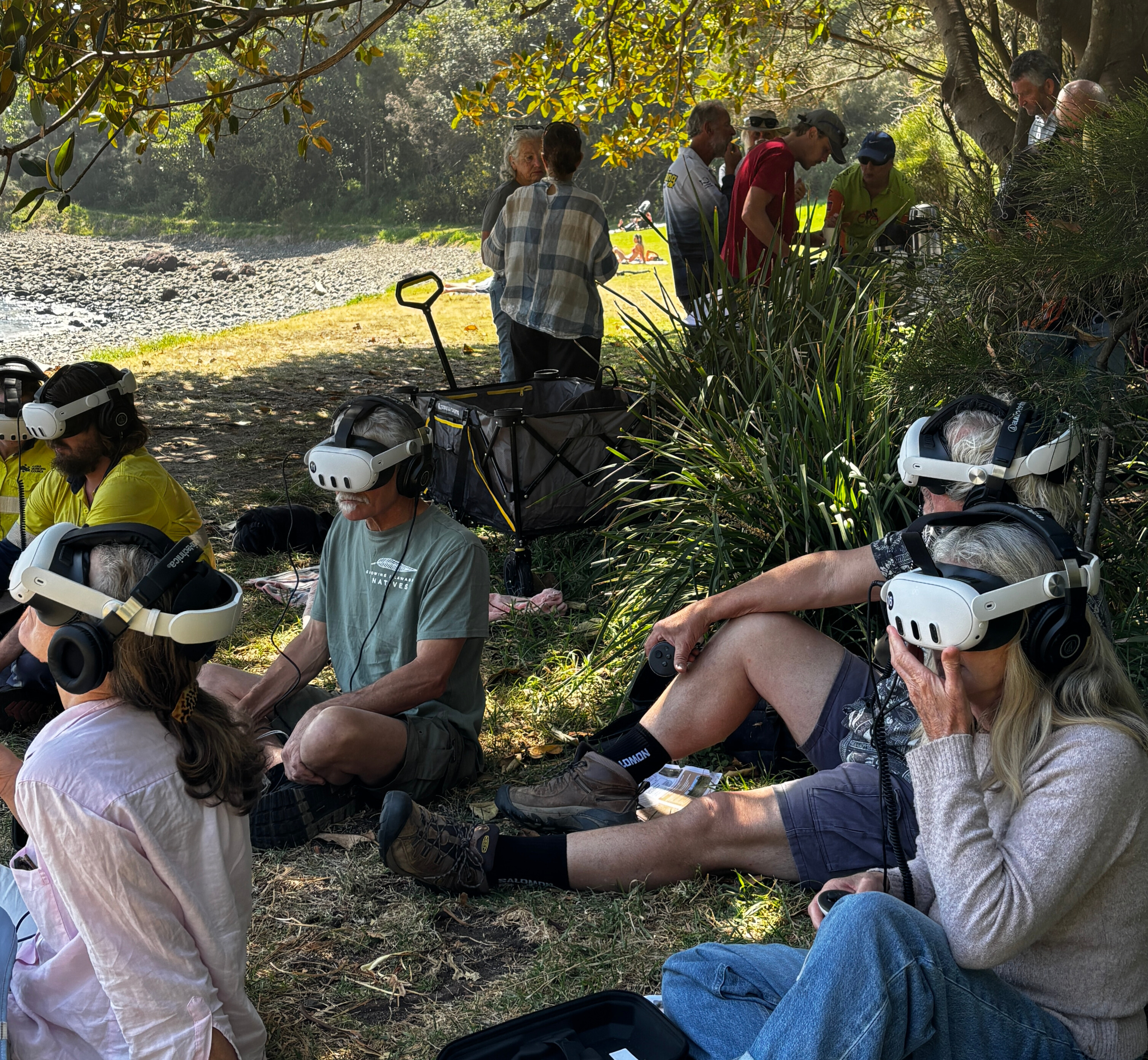 Immersed in Country - Kiama locals use VR to see Country through a cultural lens at Bombo Headland Photo: Supplied
Immersed in Country - Kiama locals use VR to see Country through a cultural lens at Bombo Headland Photo: Supplied A futuristic twist supported the identification of nurturing Aboriginal sites and artefacts at a recent community field day at Bombo Headland in Kiama.
The NSW Government’s South East Local Land Services (LLS) and Landcare Illawarra hosted the event led by LLS Aboriginal Community Support Officer Rodney Freeman.
Participants had the chance to experience cultural learning not just through traditional storytelling and connecting to Country, but through a digital lens using virtual reality.
Using virtual reality goggles, participants were able to experience their surroundings through the production of LLS videos which provided a deeper meaning of caring for Country and how to identify cultural artefacts.
“I’ve taken it [the transferring of knowledge] from ‘inside a classroom to outside’, so it was a bit more of a relaxing experience,” Freeman said.
Landcare Illawarra coordinator Meredith Hall said this type of event is not only a way for the organisation [Landcare lllawarra] to provide greater insight to the wider community, but also to engage with their Reconciliation Action Plan.
“The feedback from this workshop was that it made them much more aware of what is an Aboriginal site and what are cultural artefacts,” Hall said.
“It made them more aware of how or when approaching a site, what to think of in regard to Aboriginal sites and artefacts.”
Hall said that this event was also about making sure communities know where to find the relevant resources.
“There’s a due diligence checklist that was circulated at the workshop,” she said.
“If you are going to work on a site, what are the things to consider. We apply that [due diligence checklist], especially when we have new groups starting up.”
The Department of Climate Change, Energy, The Environment and Water published the Due Diligence Code of Practice for the Protection of Aboriginal Objects in NSW in 2010 and is within the National Parks and Wildlife Act 1974.
Freeman explains the protocol provides assistance to the maintenance and care for identified and potential Aboriginal sites.
“We’re trying to get that public awareness,” he said.
“Different people have different understanding of what a cultural site is. Some know the procedures, and some do not. We are breaking down those myths.”
Freeman said there is a common misconception within the wider community that land could be taken away if a report is made to their Local Aboriginal Land Council or the LLS.
“It’s not at all about that, it is about protecting cultural sites,” Freeman said.
Recently, the NSW Department of Primary Industries and Regional Development commissioned a survey through NSW Marine Estate gaining insights from 11 Aboriginal communities with the foundation of two questions: ‘What does connection to Sea Country mean for Aboriginal Peoples of Coastal NSW’ and ‘What do we need to have a healthy, thriving Sea Country now, and for generations to come’.
As part of the findings, it was acknowledged that not only is Sea Country a vital component to cultural connection, but essential to the social and emotional wellbeing of Aboriginal Peoples in NSW.
Bombo Headland, which is considered as Sea Country in Aboriginal culture, is part of a wider ecosystem that has provided and continues to provide the resources for living to the Wodi Wodi people of the Dharawal nation.
Landcare Illawarra told The Bugle that local Aboriginal Elders were invited to partake in this event but none could attend at late notice and that Aboriginal Elders will continue to be consulted for future activities.
For more information on the Connections to Sea Country survey click here.
For more information on the Due Diligence Code of Practice for the Protection of Aboriginal Objects in NSW, click here.
The author (Mitchell Beadman) has ancestry connections to Dharawal, Yuin and Wonnarua Countries.
NEWS
SPORTS
